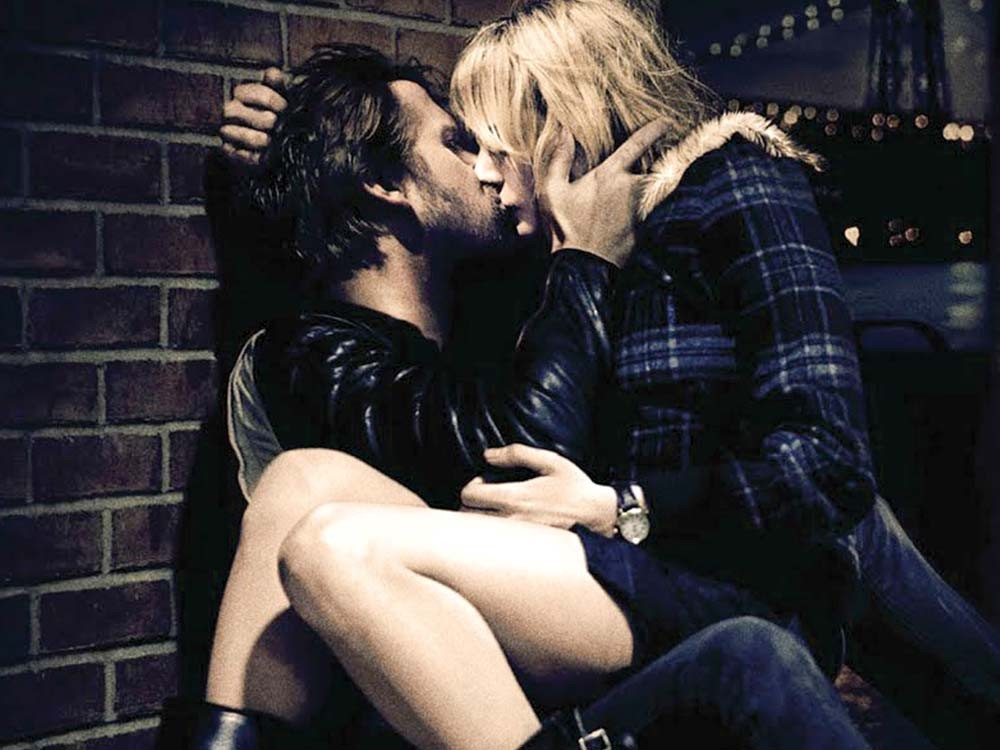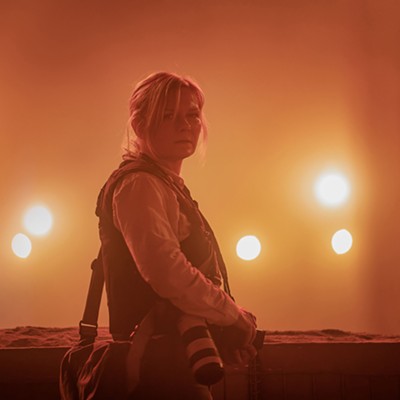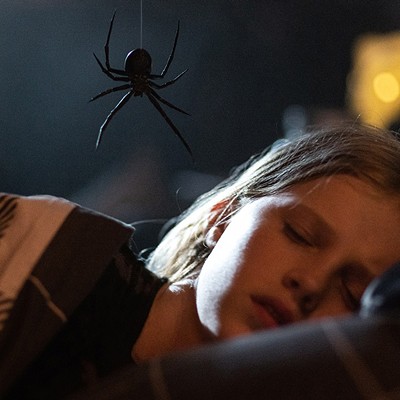Blue Valentine is a painful, often nauseating look at a marriage in accelerating decline, inflected by that same relationship’s rapid, almost storybook rise.
Director Derek Cianfrance wants to examine, in unvarnished fashion, the ways people come together and the ways they fall apart. First, he shows us a train wreck. Then he rewinds, places two trains on the same track, aims them toward each other and presses Play again, so that we watch the couple’s laughter and joy and solidarity, knowing all along that eventually it will explode in disregard, insults and intimidation.
It is a gut-check film, and one I can’t be completely objective about. I apologize in advance to those who prefer their film criticism unmixed with anything as squishy as a writer’s feelings.
But if a film as visceral as this doesn’t make the viewer rethink the way he or she behaves, it hasn’t been a very effective film.
And Blue Valentine was, for me (and for my girlfriend), a very, very effective film.
The couple is Michelle Williams, in an Oscar-nominated performance, and Ryan Gosling, in a shouldhave-been-nominated performance. The two by themselves play beautiful and troubled as well as any young people in Hollywood (she in Brokeback Mountain, he in Half Nelson). Together, they’re combustive, electric and more than anything, disconsolate.
The film opens with the pair, married, getting their daughter ready for school and searching for the family dog, who’s gone missing. Gosling’s Dean is the doting, somewhat childish father; Williams’ Cindy is the practical mom.
She seems annoyed. He seems lonely. In the past, during their first date, she seemed smitten, and he seemed attentive.
In the present, things get worse; in the past, they get better. We’re never sure about the moment that begins the decline, and not knowing urges you to use your personal experience to connect the dots.
My girlfriend and I find ourselves — without child or marriage, to be clear — at a point that’s not depicted but very much in the emotional arc of the film. Those moments of not knowing made the film a mirror for us.
Cianfrance allows the structure to play with our percep tions, and the film is excellent at misdirection. In one scene, Dean, drunk, throws his wedding ring into the weeds beside Cindy’s office. A moment later, he wades in searching for it. A moment after that, she joins him.
The way the film leans toward stereotype and then backs away toys with what we think we know about the motives of people — perhaps, especially, ourselves.
We watched the credits to the end, then left the theater in silence.
On the escalator, I stood facing my girlfriend, the descending stair dropping me to her level. With a smirk, I said: “So: I couldn’t help but notice some similarities between us and them.”
She smiled, then her eyes started to water a little. “I know. I feel like it was fate, seeing this with you.”
“But we’ll fix it,” I said. “We will,” she replied. Blue Valentine is an overwhelmingly sad film. The proof, though, that it is primarily a plaint for hope and understanding in the face of failure and disappointment is this: My girlfriend and I left the theater together, cradled in each other’s arms, resolving to do better.
Blue Valentine is probably not a good date movie. It is, though, an excellent relationship movie.

















